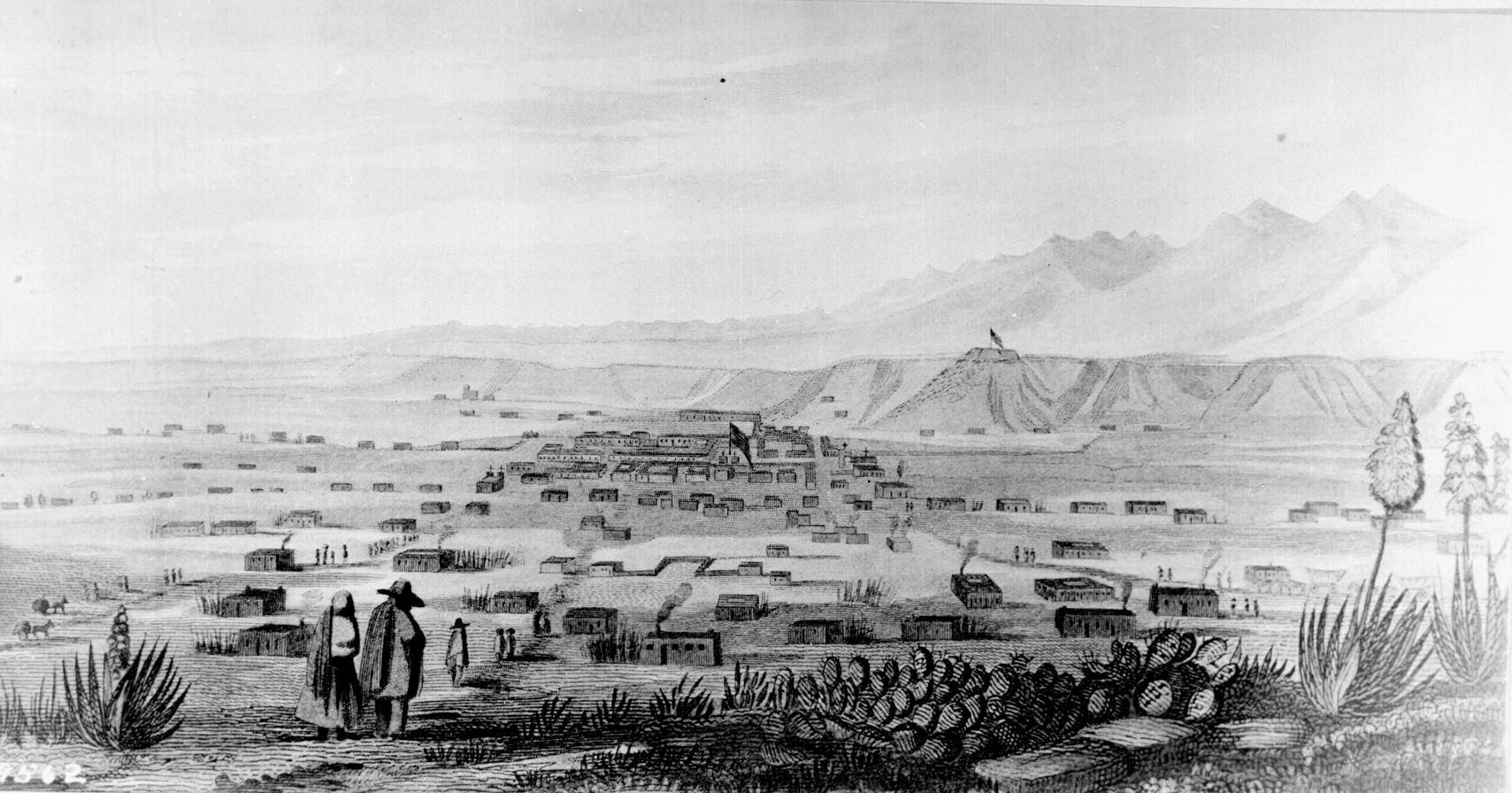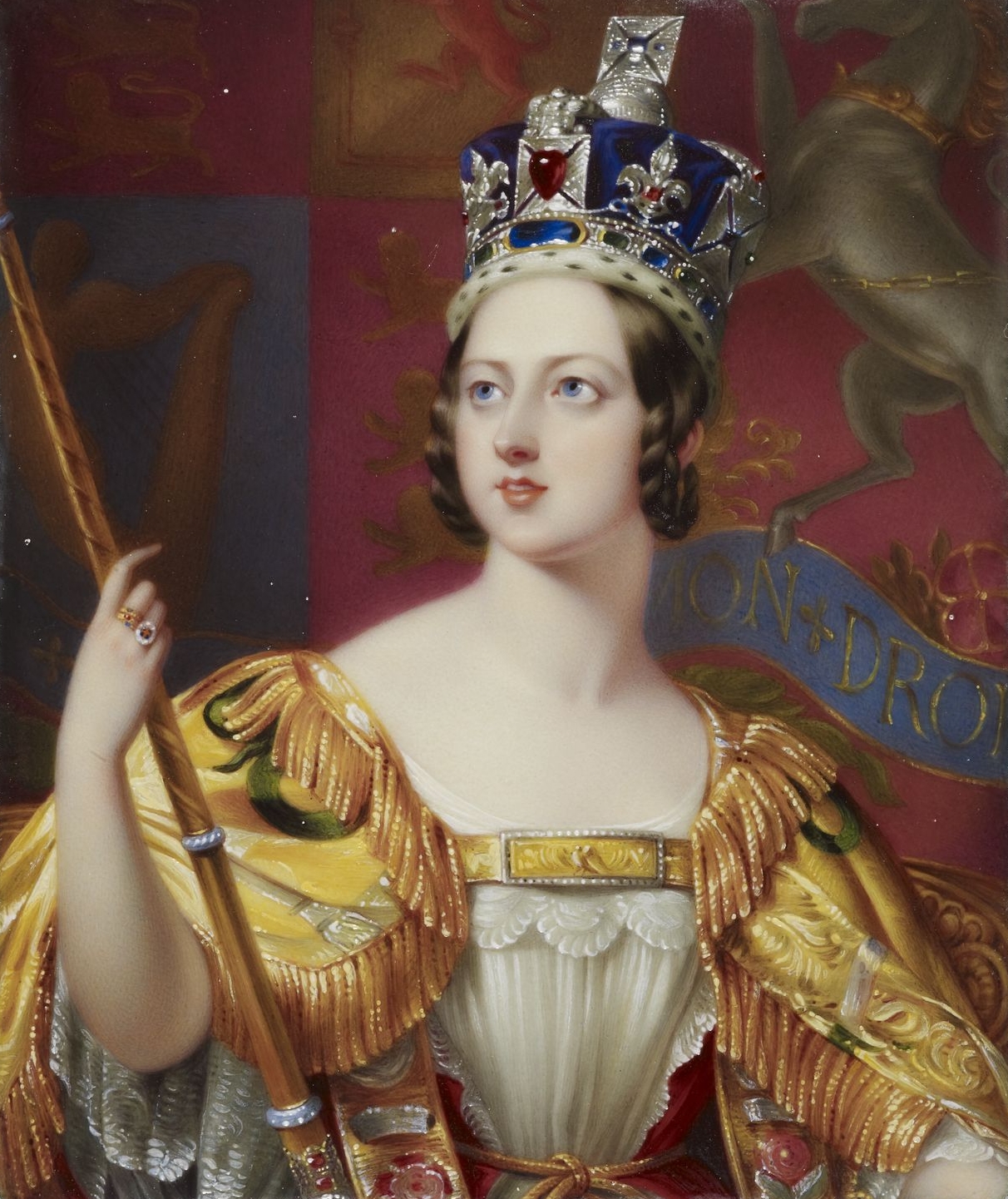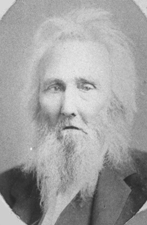|
Santiago AbrÃĐu
Santiago AbrÃĐu (died 8 August 1837) was governor of ''Santa Fe de Nuevo MÃĐxico'' (New Mexico) from 1832 to 1833. He was a victim of the ChimayÃģ Rebellion of 1837. He was dismembered before being allowed to die. Santiago AbreÚ was deputy to the Congress in Mexico City from 1825 to 1826, and was appointed governor in 1832â33. He was appointed as substitute district judge in 1831 (''Juez de Distrito suplente''), although he held the position until 1834, just a few months after the resignation of Jose MarÃa NÃĄjera, judge principal (''Juez de Distrito propietario'') of the District Court of the Territory of New Mexico (''Juzgado de Distrito del Territorio de Nuevo MÃĐxico''), from his position and his subsequent departure to Mexico City. During his assignment, he learned about the processing of criminal trials, mainly those related to merchandise smuggling, which constituted a crime that had to be investigated and resolved by federal law enforcement authorities in Mexico, as ... [...More Info...] [...Related Items...] OR: [Wikipedia] [Google] [Baidu] |
Mexican Governors Of New Mexico
Mexican governors of New Mexico were the political head of government, chief executives of the province and later territory of Santa Fe de Nuevo MÃĐxico (New Mexico) between 1822, when Plan of Iguala, Mexico gained independence from Spain, and 1846, when the United States occupied the territory following the MexicanâAmerican War. It was succeeded as a New Mexico Territory, territory of the United States, and as the U.S. state of New Mexico. History In January 1822 the last Governor under the Spanish regime, Facundo Melgares, lost the title of governor and was now called ''gÃĐfe polÃtico'' (political chief) and ''gÃĐfe militar'' (military chief). MelgÃĄres left the political office on July 5, 1822, and Francisco Xavier Chavez took his place, holding office for just five months, when he was succeeded in November 1822 by Colonel JosÃĐ Antonio Vizcarra. Vizcarra had succeeded MelgÃĄres as ''gÃĐfe militar'' in October 1822. In September 1823, a retired Militia Captain named Don Bart ... [...More Info...] [...Related Items...] OR: [Wikipedia] [Google] [Baidu] |
JosÃĐ Antonio Chaves
JosÃĐ Antonio Chaves (or ChÃĄvez) was ''gefe polÃtico'' or Governor of the territory of Santa Fe de Nuevo MÃĐxico (New Mexico) from September 1829 until 1832. Family JosÃĐ Antonio Chaves was a descendant of don Pedro DurÃĄn de ChÃĄvez, a conquistador from the Extremadura province of Spain. Other prominent members of the ChÃĄvez family in New Mexico were Governors Francisco Xavier ChÃĄvez (1822â23) and his son Mariano Chaves (1833â34), and don Mariano's son Colonel JosÃĐ Francisco Chaves, a delegate to the United States Congress for three terms, starting in 1865, and after whom Chaves County, New Mexico is named. Political career Chaves was New Mexican deputy to the Congress in Mexico City for the 1827-1828 term. The Guerrero government appointed him governor of New Mexico in March 1829. He took office as ''gefe polÃtico'' or Governor in September 1829, holding office until 1832. In October 1843, as a step to reestablishing constitutional government, elections were held in ... [...More Info...] [...Related Items...] OR: [Wikipedia] [Google] [Baidu] |
Francisco Sarracino
Francisco Sarracino (21 February 1790 â unknown) was the ''gÃĐfe polÃtico'' or governor of New Mexico from 1833 to 1835. Early years Francisco Antonio Jose Felix Sarracino was born of 21 February 1790 at Pajarito pueblo, son of Jose Rafael Sarracino and Maria Luisa Bartola Gutierrez. He was a descendant of Don Pedro DurÃĄn Y ChÃĄves. Governor of New Mexico Sarracino was appointed governor of New Mexico from 1833 to 1835. He was the first governor to use the printing press in New Mexico, in 1834. This was the same press that Father Martinez of Taos used to publish the ''Cuaderno de Ortografia''. In 1834 Sarracino published a decree in which he took up the cause of the poor people who had to serve in the militia at their own expense, contributing their own horses, equipment and provisions for up to three months in the field. He said these ''pobres'' faced ruin "if we continue in this inaction which offers dishonorable testimony to our foolishness and indifference," saying that ... [...More Info...] [...Related Items...] OR: [Wikipedia] [Google] [Baidu] |
Santa Fe, New Mexico
Santa Fe ( ; , literal translation, lit. "Holy Faith") is the capital city, capital of the U.S. state of New Mexico, and the county seat of Santa Fe County. With over 89,000 residents, Santa Fe is the List of municipalities in New Mexico, fourth-most populous city in the state and the principal city of the Santa Fe metropolitan statistical area, which had 154,823 residents in 2020. Santa Fe is the third-largest city in the Albuquerque, New Mexico, AlbuquerqueâSanta FeâLos Alamos, New Mexico, Los Alamos AlbuquerqueâSanta FeâLos Alamos combined statistical area, combined statistical area, which had a population of 1,162,523 in 2020. Situated at the foothills of the Sangre de Cristo Mountains, the city is at the highest altitude of any U.S. state capital, with an elevation of 6,998 feet (2,133 m). Founded in 1610 as the capital of ', a province of New Spain, Santa Fe is the oldest List of capitals in the United States, state capital in the United States and the earliest E ... [...More Info...] [...Related Items...] OR: [Wikipedia] [Google] [Baidu] |
Santa Fe De Nuevo MÃĐxico
Santa Fe de Nuevo MÃĐxico (; shortened as Nuevo MÃĐxico or Nuevo MÃĐjico, and translated as New Mexico in English) was a province of the Spanish Empire and New Spain, and later a territory of independent Mexico. The first capital was San Juan de los Caballeros (at San Gabriel de Yungue-Ouinge) from 1598 until 1610, and from 1610 onward the capital was La Villa Real de la Santa Fe de San Francisco de AsÃs. The name of "New Mexico", the capital in Santa Fe, the gubernatorial office at the Palace of the Governors, ''vecino'' citizen-soldiers, and rule of law were retained as the New Mexico Territory and later state of New Mexico became part of the United States. The New Mexican citizenry, primarily consisting of Hispano, Pueblo, Navajo, Apache, and Comanche peoples, became citizens of the United States as a result of the Treaty of Guadalupe Hidalgo (1848). ' is often incorrectly believed to have taken its name from the post-independent nation of Mexico. But as early as ... [...More Info...] [...Related Items...] OR: [Wikipedia] [Google] [Baidu] |
Albino PÃĐrez
Albino PÃĐrez (died 8 August 1837) was a Mexican soldier and politician who was appointed Governor of New Mexico by President Antonio LÃģpez de Santa Anna's Centralist Republic. He pursued unpopular policies, suffered a revolt in July 1837 and, in August 1837, was killed by rebel sympathizers. Career Albino PÃĐrez was a native of Veracruz, Mexico. PÃĐrez was a distinguished army colonel from central Mexico. He was appointed Governor of New Mexico by President Antonio LÃģpez de Santa Anna in 1835, under the new centralized form of government. He succeeded Francisco Sarracino as civilian governor and Captain Blas de Hinojos as military governor. Hinojos had been killed on 28 February 1835 in an ambush while on a slave raid into Navajo country. PÃĐrez rapidly became unpopular as a representative of the centralist government who was expected to enforce its Departmental Plan and taxation program. On 16 October 1835, he announced new regulations of trade along the Santa FeâChihu ... [...More Info...] [...Related Items...] OR: [Wikipedia] [Google] [Baidu] |
Santo Domingo, New Mexico
Santo Domingo Pueblo, also known Kewa Pueblo (also spelled Kiua, Eastern Keres , Keres: ''DÃiwĘūi'', Navajo: ''TÃģ HÃĄjiiloh'') is a federally recognized tribe of Pueblo people in northern New Mexico. A population of 2,456 (as of 2010) live in structures some of which date from circa 1700; in Sandoval County (~35 miles (56 km) northeast of Albuquerque, New Mexico, off Interstate 25 southwest of Santa Fe) described by the U.S. Census Bureau as a census-designated place. A area of the pueblo was listed on the National Register of Historic Places in 1973. The listing included 80 contributing buildings. With Culture The population of the pueblo is composed of Native Americans who speak Keres, an eastern dialect of the Keresan languages. Like several other Pueblo peoples, they have a matrilineal kinship system, in which children are considered born into the mother's family and clan, and inheritance and property pass through the maternal line. The pueblo celebrates an a ... [...More Info...] [...Related Items...] OR: [Wikipedia] [Google] [Baidu] |
1837 Deaths
Events JanuaryâMarch * January 1 â The destructive Galilee earthquake of 1837, Galilee earthquake causes thousands of deaths in Ottoman Syria. * January 26 â Michigan becomes the 26th state admitted to the United States. * February 4 â Seminoles attack Fort Foster in Florida. * February 25 â In Philadelphia, the Institute for Colored Youth (ICY) is founded, as the first institution for the higher education of black people in the United States. * February â Charles Dickens's ''Oliver Twist'' begins publication in serial form in London. * March 1 â The Congregation of Holy Cross is formed in Le Mans, France, by the signing of the Fundamental Act of Union, which legally joins the Auxiliary Priests of Blessed Basil Moreau, CSC, and the Brothers of St. Joseph (founded by Jacques-François DujariÃĐ) into one religious association. AprilâJune * April 12 â The conglomerate of Procter & Gamble has its origins, when British-born businessmen William Procter and J ... [...More Info...] [...Related Items...] OR: [Wikipedia] [Google] [Baidu] |
Governors Of New Mexico
The governor of New Mexico is the head of government of New Mexico and the commander-in-chief of the U.S. state, state's New Mexico National Guard, military forces. The governor has a duty to enforce state laws, the power to either approve or veto bills passed by the New Mexico Legislature, to convene the legislature at any time, and to grant pardons. Twenty-eight individuals have held the office of governor of New Mexico since the state's admission to the United States, Union in 1912, two of whom—Edwin L. Mechem and Bruce King—served three non-consecutive terms. King holds the record as New Mexico's longest-serving governor, with 12 years of service. William C. McDonald (governor), William C. McDonald, the first governor, took office on January 15, 1912. The first woman to serve as Governor was Republican Party (United States), Republican Susana Martinez, who served from 2011-2019. The current officeholder is Michelle Lujan Grisham, who took office on January 1, 2019, ... [...More Info...] [...Related Items...] OR: [Wikipedia] [Google] [Baidu] |
Assassinated Mexican Politicians
Assassination is the willful killing, by a sudden, secret, or planned attack, of a personespecially if prominent or important. It may be prompted by political, ideological, religious, financial, or military motives. Assassinations are ordered by both individuals and organizations, and are carried out by their accomplices. Acts of assassination have been performed since ancient times. A person who carries out an assassination is called an assassin. Etymology ''Assassin'' comes from the Italian and French Assissini, believed to derive from the word ''hashshashin'' (), and shares its etymological roots with ''hashish'' ( or ; from ').''The Assassins: a radical sect in Islam'' â Bernard Lewis, pp. 11â12 It referred to a group of Nizari Ismailis known as the Order of Assassins who worked against various political targets. Founded by Hassan-i Sabbah, the Assassins were active in the Near East from the 11th to the 13th centuries. The group killed members of the Abbasid, ... [...More Info...] [...Related Items...] OR: [Wikipedia] [Google] [Baidu] |
People Murdered In New Mexico
The term "the people" refers to the public or common mass of people of a polity. As such it is a concept of human rights law, international law as well as constitutional law, particularly used for claims of popular sovereignty. In contrast, a people is any plurality of persons considered as a whole. Used in politics and law, the term "a people" refers to the collective or community of an ethnic group or nation. Concepts Legal Chapter One, Article One of the Charter of the United Nations states that "peoples" have the right to self-determination. Though the mere status as peoples and the right to self-determination, as for example in the case of Indigenous peoples (''peoples'', as in all groups of indigenous people, not merely all indigenous persons as in ''indigenous people''), does not automatically provide for independent sovereignty and therefore secession. Indeed, judge Ivor Jennings identified the inherent problems in the right of "peoples" to self-determination, as i ... [...More Info...] [...Related Items...] OR: [Wikipedia] [Google] [Baidu] |




